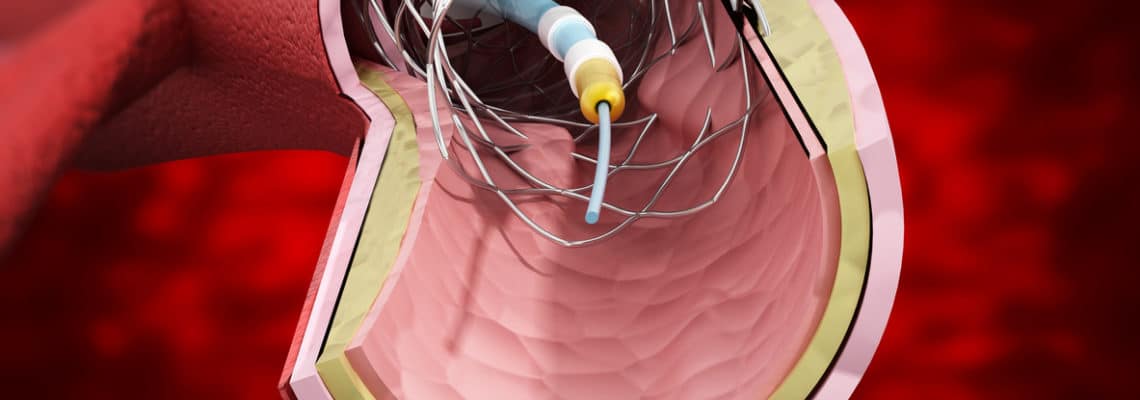The Federal Food, Drug, and Cosmetics Act establishes strict requirements for devices and products marketed to consumers and professionals in the U.S. This includes medical devices, food and pharmaceutical packaging, and cosmetics containers. Before a new product can be certified as fit for market, manufacturers must register a premarket notification with the Food and Drug Administration (FDA). For medical devices, this premarket notification is known as a 510(k).
A 510(k) is based on the principle of substantial equivalence, which means that the new product is the legal equivalent of a device that is already classified by the FDA. This ensures that the new product is at least as safe and effective as another legally-marketed device – commonly referred to as the predicate.
The FDA determines substantial equivalence by comparing the new device to the predicate of the same intended use with identical technological characteristics. This latter element is flexible in the sense that a different technology can be used, provided it does not raise different questions with regards to safety or device effectiveness. A 510(k) may require the design, energy demands, chemical composition, performance, safety and effectiveness, labeling, biocompatibility, and numerous other properties as required by distinct applications.
Testing Devices for a 510(k)
Before submitting a 510(k), manufacturers employ several distinct techniques to assess the various properties of a medical device for substantial equivalence. Examples include:
- ASTM E647-15 tensile strength testing, to determine the modulus of elasticity, yield strength, ultimate tensile strength, and breaking strength of the device.
- ASTM F2565-13 dynamic mechanical analysis to measure fatigue crack growth rate.
- ASTM F2695-12 3-point flexural testing for polymer and ceramic materials.
- GC/LC-Mass Spectrometry and Pyrolysis Mass Spectrometry for polymer and polymer additive chemistry.
- Gel Permeation Chromatography for polymer molecular weight distribution analysis.
- Inductively Coupled Plasma Mass Spectrometry (ICP-MS) for ultra-precise, quantitative inorganic chemistry
- Nuclear Magnetic Resonance (NMR) Spectroscopy for quantitative identification of small molecular substances.
- Thermogravimetric analysis for determining the thermal decomposition profile and presence of inorganic fillers.
One or more of these techniques may be required to aid in establishing equivalent of a medical device for a 510(k) submission before the product can be released to market. These are fundamental processes for manufacturers looking to determine the regulatory pathway for a new device, or for an existing product that is being reintroduced onto the market that has been altered in such a way that either the safety or the efficiency of the device could be altered. This might include a design, material, or technological change.
510(k) Testing with Jordi Labs
At Jordi Labs, we pride ourselves on our knowledge and expertise in the field of analytical chemistry. We are world-leaders in novel testing methodologies for medical devices, food and drug products, cosmetics, and liability testing.
We are also fully equipped to help you perform robust assessments of new or reintroduced devices with regards to substantial equivalence. This service is designed to help you prepare a 510(k) submission against pre-defined FDA guidelines and available public data.
Jordi Labs has provided support for 510(k) premarket notifications of surgical instruments and medical devices and has extensive experience in determining extractables and leachables. If you would like any more information about our analytical methods for regulatory testing, please do not hesitate to contact us.





